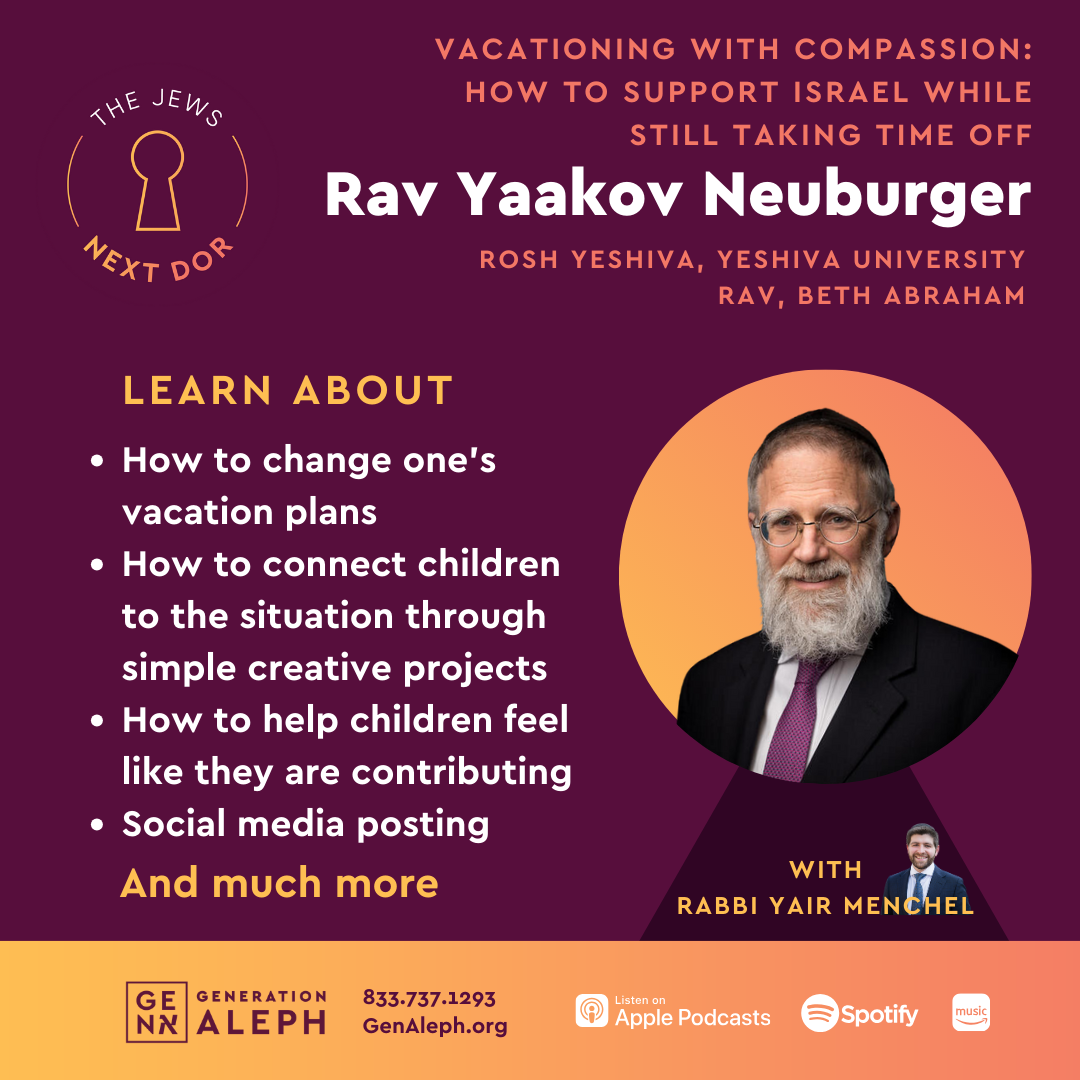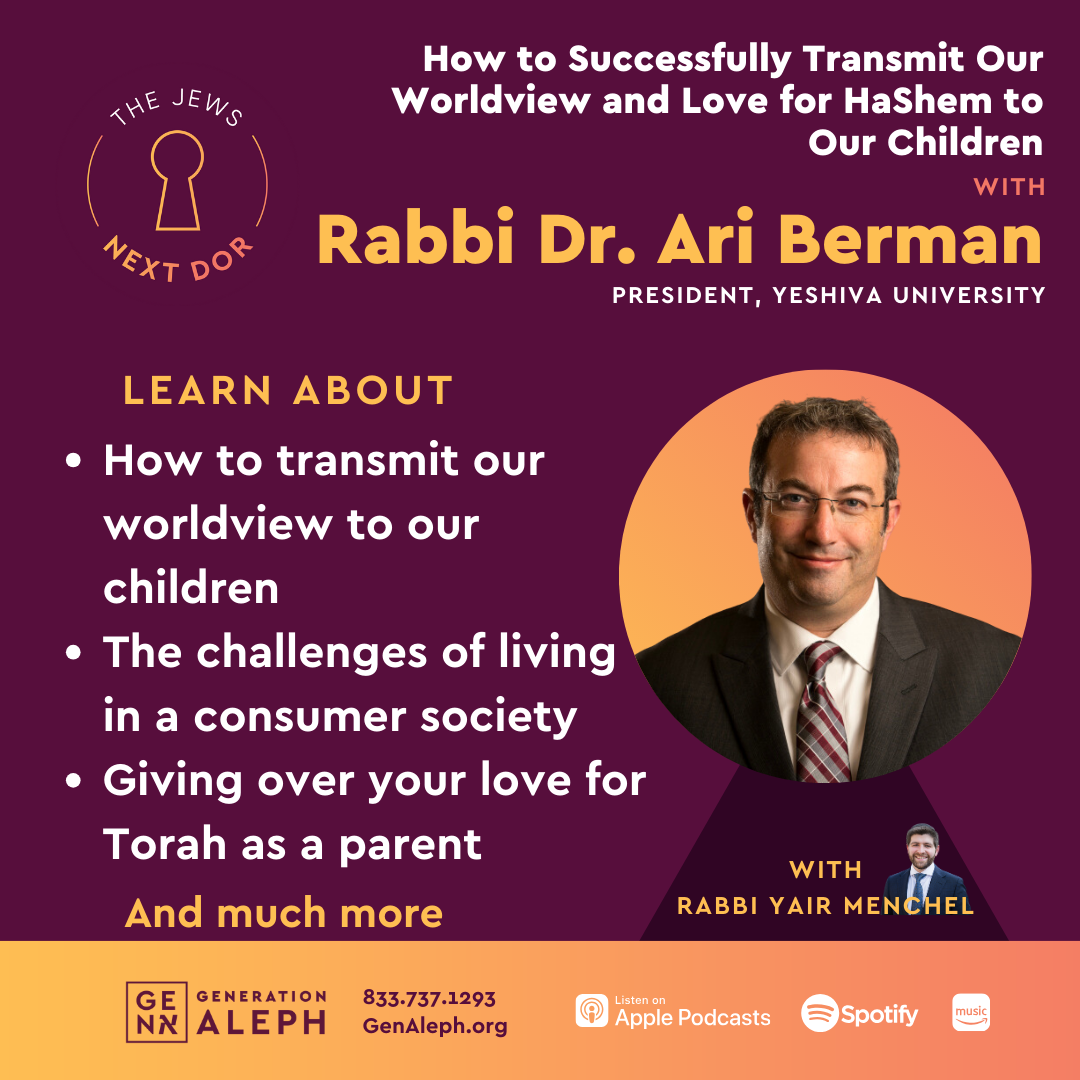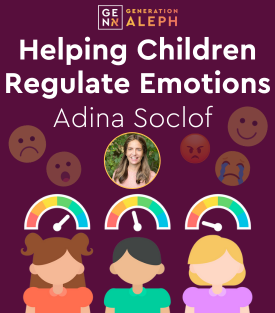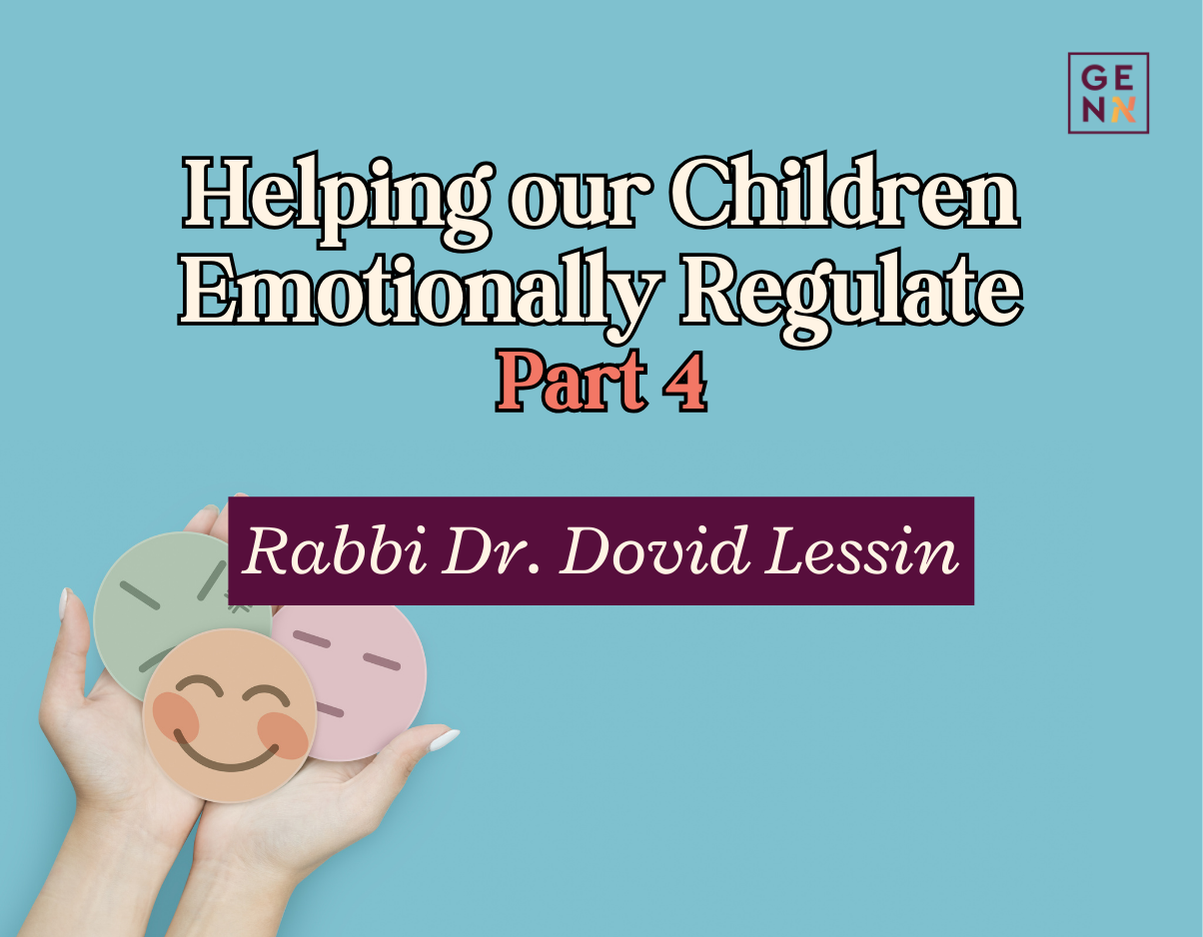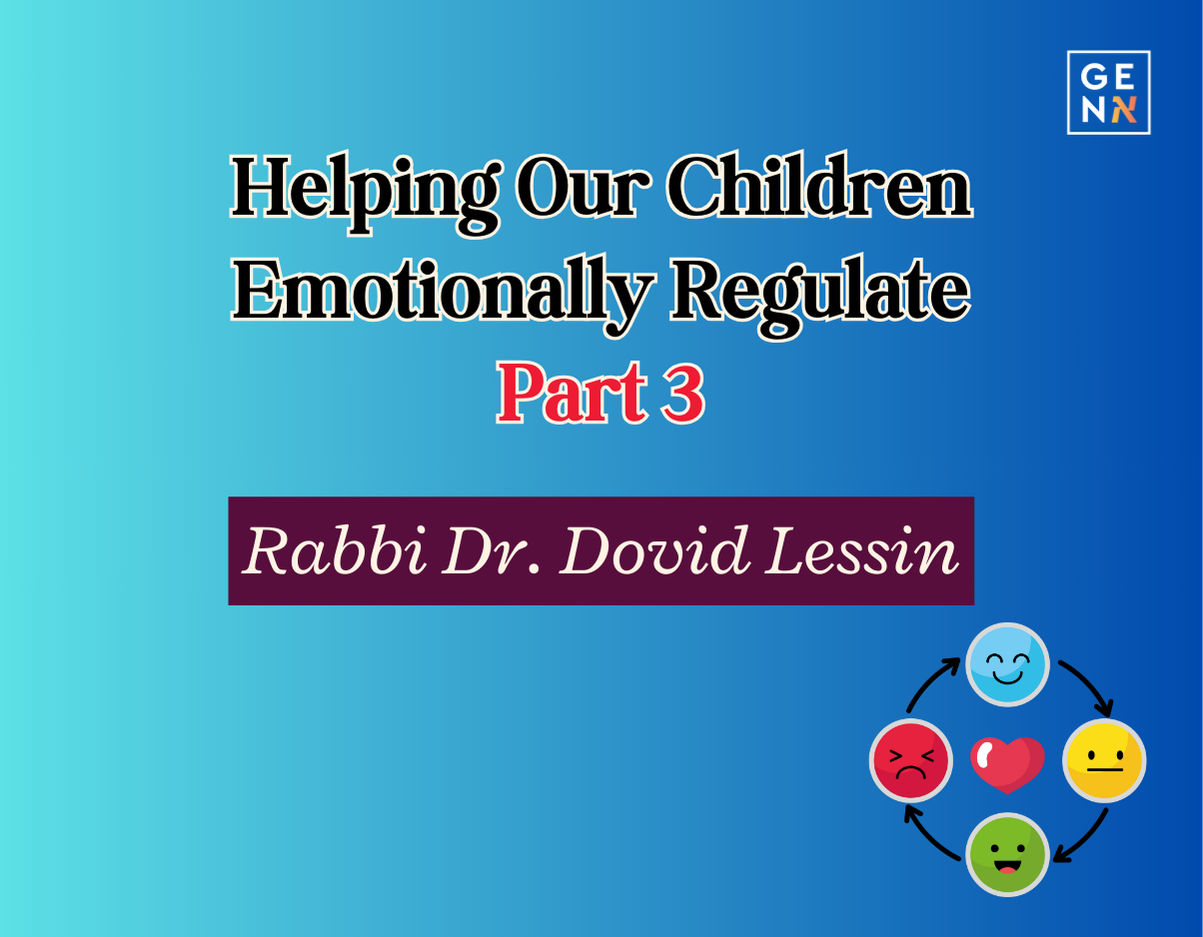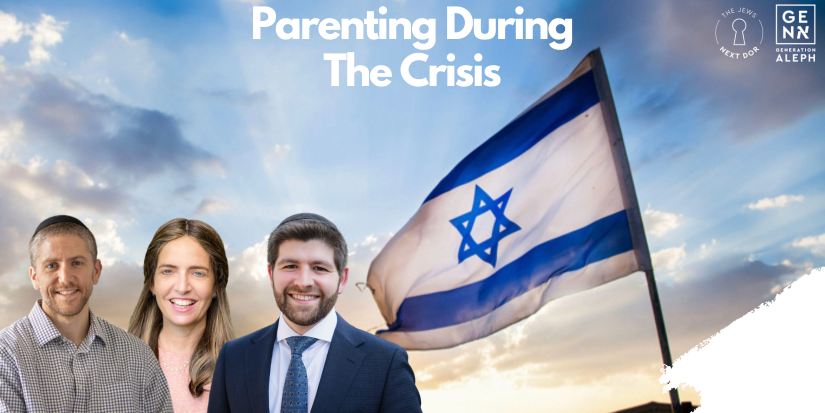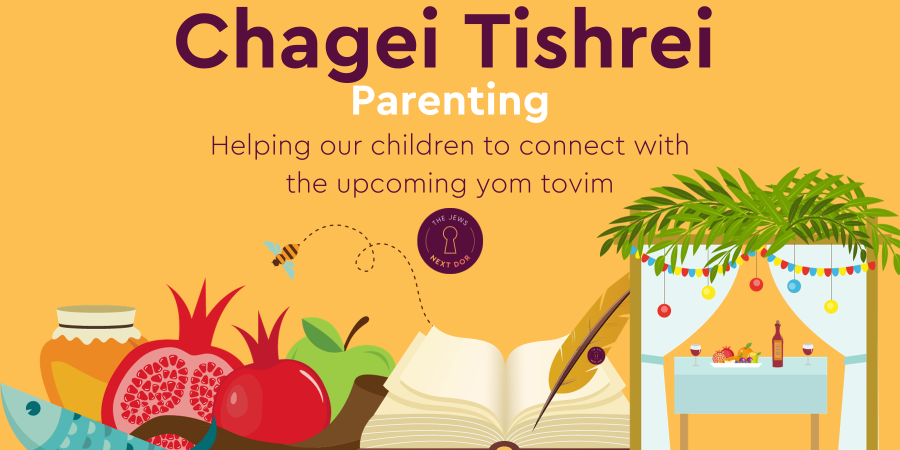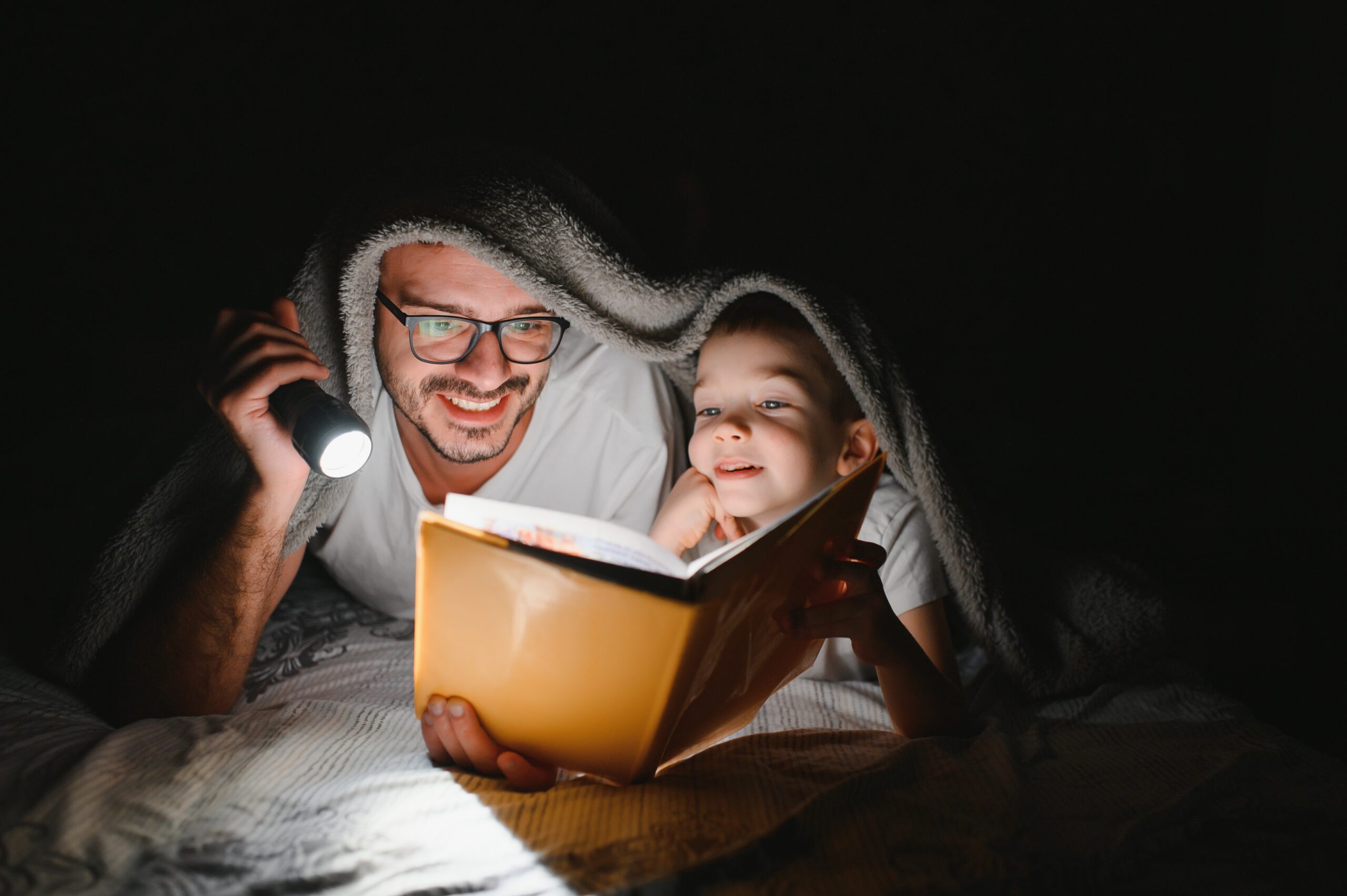Emotional coaching did not appear on the list of jobs we thought we were signing up for when deciding to become parents. We were aware of the physically draining stuff – changing diapers, schlepping strollers, getting food on the table (cereal for dinner counts), and providing chauffeur services to a hundred activities in the span of an afternoon. We were ready for all this because we knew deep down that sacrificing our comfort for the sake of our children is the most rewarding thing we could ever do.
Then they actually showed up. Before long, it dawned on us that tending to our kid’s material needs is only half the story, if that. These tiny humans come with massive emotional rumblings that always seem on the verge of explosion. And when the earth begins to shake, we quickly realize that we’re the only ones here – to handle daily screaming storms, endless tantrums, outbursts at the drop of a hat, and many many rounds of tears (and that’s just our own). Our kids carry a minefield of emotions that we try our best to navigate, all the while not being sure if we’re doing it right, or what we’re really doing at all. It’s hard being a kid, but it can be equally hard being that kid’s parent – guiding them through their own turbulence while preventing ourselves from erupting and somehow managing to think straight so that we can remember what we read in a parenting book last week. No wonder parents go to bed much earlier the moment we have kids – it’s not that we’re getting old, but that it’s simply impossible to stay awake a second longer once our adorable little whirlwinds of energy are out for the count. Round one, gearing up for tomorrow.
Yet underneath it all, behind the exhaustion and never-ending doubt about our competence, we are immensely motivated to help our kids manage their anarchic bundles of nerves. We understand that being our kids’ emotional coaches is one of the most important jobs we’ll ever have. We see with ourselves that regulating emotions is a key predictor of personal stability and interpersonal success. One of life’s great challenges is figuring out how to ride the waves of our feelings, for as we learn time and time again, there is always an ocean of sensitivity swimming around just below sea level, ready to throw us overboard via our reactivity, until we’re left drifting alone on the raft of regret over things we wish we hadn’t said or done. Our kids are no different. They need our help dealing with the emotional tides that feel bigger than they are. By giving them tools to tame their inner swirling currents, we’re empowering them to grow up unafraid of the prospect of governing their feelings.
Emotional regulation
Emotional regulation is another way to say managing our feelings. We all know feelings – those elusive sensations that well up in our bodies and brains to alert us that something we care about just happened. It’s like an internal switch that gets flipped on when either an outside trigger (the boss’s disapproving face) or an inside prompt (the thought of having to find a new job) crosses our perceptual field. Often, a feeling is no more than a minor flicker, a blip on our internal radar, like a worry that pops up and is then on its way, duly noted. But sometimes our emotions are consuming, making it feel like we’re inside them instead of the other way around. It can be difficult even to recognize ourselves after an emotional hijacking has commandeered the whole of our being, as we sit there and wonder who that person was that just showed up – the one that looked exactly like us.
Children experience this all the time. Which is why our first job as emotional coaches is to be their containers – the person in their lives who can hold their feelings when they cannot. Providing containment for our kids means showing them that even when their emotions feel too big to handle, they’re not too big for mom and dad. Our children need to know that they can come to us with their chaotic inner worlds and be received in whatever form they show up (runny facial fluids and all). We are our kids’ safe space, where they can deposit all the feelings they don’t know what to do with and be held by a containing presence that they’re not yet able to give themselves.
So before we outline specific regulation strategies, let’s figure out how to develop the essence of what we’re trying to give our kids: a soothing self.
Borrowing self
Parents “lend” things to their kids all the time (usually never to be seen again), but few things are more valuable than when we lend them ourselves. When we show up as our kids’ emotional containers, we give them a chance to borrow our presence so that their as-of-yet-underdeveloped selves can gradually learn to do the same thing. Parenting works by osmosis: We provide an experience from the outside that slowly shapes the child’s fledgling ability to mirror us from the inside. Their ability to self-soothe will take several years to develop, but will eventually emerge because our presence will have seeped into theirs – they will have imbibed the best of what we have to offer: a reassuring tone and comforting demeanor. Our kids absorb us by us first absorbing them.
We can see why regulating ourselves and doing the same for our kids are two sides of one coin. To help them overcome their emotional turmoil, we must first unearth our capacity to do the same. In short, we’ve got to live to give it. Here’s an exercise to help us along.
The practice of grounding
Regulating our children’s emotions is a lot like being a flagpole (bear with me). Our kids are routinely thrown by strong emotional winds that whip them around from within. In response, they naturally seek to tether themselves to a stable base strong enough to withstand the blows. In fact, this is how secure attachment develops – kids experience emotional distress and instinctively look to their caregivers for relief. When they get it, they learn it’s okay to feel difficult emotions because there is a reliable address to whom they can turn for comfort.
To become our kids’ flagpoles, we need to find our internal footing so that we can hold our ground without reacting or losing our cool. Luckily, there’s a resource right in front of us, or perhaps beneath us. It’s called grounding. To find it, take a second to bring your attention to the feeling of your body in the chair you’re sitting in (if you’re not sitting, try to do so just for this exercise). Focus on the point of contact between your hands and the armrest, and see if you can gently narrow your scope of awareness to only the point where your body and the surface are touching. Stay there mentally for just a moment. Now see if you can do the same with the feeling of your back against the seat… now your legs on the cushion… and now your feet on the floor. Pause at each juncture and try to be present with only that experience. Give yourself permission to be in full contact with the ground underneath your being, however you experience it now.
As you ground yourself, you may notice that your breathing slows (a couple of deep inhales also helps), your heart rate drops, your body calms, and your mind relaxes. It is profoundly soothing to root ourselves in the present moment via our felt experience. Our systems are built to brace for impact the moment we experience a threat, such as, say, the incoming barrage of a child’s emotional messiness. When we take a moment to ground ourselves, we reverse our body’s natural tendency to enter fight-or-flight mode. We have found an anchor that can give us the sturdiness to override the knee-jerk impulse to react.
The fantastic thing about grounding is that we can do it even while our kids are speaking to us (no one needs to know that we’re taking deep breaths or thinking about our feet on the floor or hands on the counter). Even while our children heave their feelings in our direction, we can find our center and remain strong. We may even find that the way we look at them transforms. Because when we ground, our hearts and minds also expand, so that we feel somehow bigger than we were a moment ago. We’re able to see that although the little person coming to us for solace may seem monstrous, they’re just a kid struggling to cope. We suddenly feel less scared and more available to widen our emotional flaps and let in whatever they need us to receive. We have found a pathway for emotional containment, which emanates from both the head (seeing further) and the heart (feeling bigger).
Harchavat halev
Nothing forces us to work on ourselves like being a parent. But nothing has the potential to make us better, either. Of all the things our kids squeeze out of us, perhaps the most important is the expanded capacity to love.
The Torah refers to the concept of harchavat halev, widening of the heart, to describe the human capacity to expand. The heart is a small organ with a tremendous capacity for bigness – it enables us to become people who can make room for more than just ourselves. Rashi (Beitza 16a) associates harchavat halev with tranquility, openness, and joy. It is what makes us good containers – the ability to dip into our latent potential to emotionally expand and wrap our hearts around the children who need just one place to be held within the huge world they’re trying to navigate.
So as we step into the role of emotional coach, let’s equip ourselves with the tools we need to succeed. With ground beneath us, hearts within us, and kids in front of us, we’re off to a good start.
In future articles, we’ll describe several specific regulation strategies and explore some common attitudes and beliefs about our kids’ emotional worlds. For now, though, let’s remember the teaching of Chazal (Sanhedrin 106b), who tell us that underlying all religious service, Hashem most desires the human heart. Perhaps this is what our kids most desire from us as well.
__________
Rabbi Dr. Dovid Lessin, PsyD, holds a doctorate in Clinical Psychology and is a certified psychotherapist with a private practice in Jerusalem and Modiin, Israel. He specializes in treating couples as well as adult men and adolescents. He lives in Sha’alvim with his wife, Adina, and their four children. Check out his work at https://www.lessintherapy.com
Submit your questions
"*" indicates required fields

